- Joined
- 1 April 2006
- Messages
- 11,405
- Reaction score
- 10,376
With that specs I don't see how it's better than 117. For Su-75 at least, where you don't have to concern yourself with diameter.After reading the book on the anniversary of Sukhoi, it is now more obvious that the Izd. 177S engine is intended for the T-75 platform.
what performance and what expectations you are talking about?Su-57 still appears to have underperformed from its expectations
Mainly the stealth due the lack of s-ducts.what performance and what expectations you are talking about?
Mainly the stealth do the lack of s-ducts.
Ah I see. I may have judged the Su-57 a little too harshly then.They use radar blockers for that (similar to the X-32 solution).
Radar blockers have never and will never be as good as s-ducts. Better then nothing but it's still very bizarre that russia decided to go in that direction, it's not like the su-57 didn't have the room for an s-duct.Ah I see. I may have judged the Su-57 a little too harshly then.
Deep enough radar blocker is a sort of s-duct. As for how big the penalty is, we just don't know.Radar blockers have never and will never be as good as s-ducts.
Radar blockers have never and will never be as good as s-ducts. Better then nothing but it's still very bizarre that russia decided to go in that direction, it's not like the su-57 didn't have the room for an s-duct.
It might also be worth quickly noting that the Su-57 has a partial s-duct in addition to the radar blocker.
You say that like it's a good thing...
It's called being the first stealth aircraft (and retired to boot) lockheed had a hard enough time getting the thing to fly to mess with s-ducting (wich as russia has show is hard to do) something lockheed fixed on there next stealth aircraft (the f-22).So how did The F-117 ever manage to survive, then, with its straight intakes & fiber glass "screens"/radar blockers?
It's called being the first stealth aircraft (and retired to boot) lockheed had a hard enough time getting the thing to fly to mess with s-ducting (wich as russia has show is hard to do) something lockheed fixed on there next stealth aircraft (the f-22).
More like t-75, as a commercial proposal, was designed to match market expectations.Looks like Sukhoi have learnt their lessons from the Su-57 design. Stealth is finally going to be the key feature of the Su-75.
I feel like the Su-75 being good or bad (focusing on performance specs only) is a toss up.
One one hand:
I can imagine that Sukhoi has some nerves over the Su-57 issues. The amount of criticism and negative publicity on an almost global scale hopefully pushed them and the Russian Air Force to try and get this right. The delay for a redesign (yes, I am aware this is mostly because of sanctions, but still) makes me believe that they really want this to work.
On the other hand:
The Su-57 still appears to have underperformed from its expectations even though it was designed before the mass sanctions instituted in 2022. Considering that the Su-75 is being designed and built mostly during the heavy sanctions, things don't look very good. Of course, when we factor in domestic Russian issues, it is no longer a toss up, and it might be checkmate for the Checkmate.
I don't like to blame Sukhoi for their development problems because they are mostly a decent company at the mercy of the Russian economy, the Russian industry, and sanctions. It is a complex issue...
it wasn't considered the optimal solution for the requirements they were trying to achieve
T-75 design has the same bay, though.And the same applies to the Su-57. Increasing the volume of the internal weapons bays was deemed far more important than implementing S-ducts like tested on previous projects like the Su-47. This in turn gives the Su-57 the ability to launch ALCMs from it's internal weapons bays, something unique among all 5th generation fighters.
The LTS however clearly has an S-duct though. The nay sayers will find other things to latch onto though. Thinking they're smarter than a literal team of engineers with years of experience, lol.
Theory around ducts and duct losses was well established decades ago. Many aircraft had s-ducts prior to that era (just look elsewhere on the forum). The B-1B (a contemporary of the F-117) even had s-ducts to reduce its forward RCS.
I'm very much inclined to believe that the F-117 doesn't have s-ducts because it wasn't considered the optimal solution for the requirements they were trying to achieve (rather than Skunk Works being unable to figure out a duct design that had already been used successfully for decades).
Looks like Sukhoi have learnt their lessons from the Su-57 design. Stealth is finally going to be the key feature of the Su-75.
> hopefully pushed them and the Russian Air Force to try and get this right.
??? There was never anything wrong with the Su-57. So the only pressure is for them to deliver yet another functional design. Something they've done for decades.
T-75 has it; look underneath the plane.A stealthy successor designed to look similar to the EOTS on the F-35 and J-20 would improve things greatly.
T-75 has it; look underneath the plane.
Upd: in fact there's a model in the configuration you describe - the updated unmanned one. No IRST ball, only "EOTS".


Deep enough radar blocker is a sort of s-duct. As for how big the penalty is, we just don't know.
They played with digital and full-scale RCS models, not us.
As for reasons, there may be many.
Ultimately, not the first or second LO aircraft to implement them only partially(YF-23/F-23A) or skip them entirely(XF-32/F-32).
But on the other hand, S-70 and T-75 went for proper s-ducts.
Since posting that I think more of the issue is the Russian industry itself and less of the Su-57 being a problem. The real issue lies in the numbers of aircraft the company can make. The issues with the Russian industry, now amplified by the sanctions, are proving to be difficult. The Su-57E and M are moving slower than anticipated, the Su-75 has been delayed numerous times (though may be ready by the end of the year?), and the PAK DA is very behind schedule. I think the Su-75 probably will be a great design, but it likely will lack in needed numbers.> hopefully pushed them and the Russian Air Force to try and get this right.
??? There was never anything wrong with the Su-57. So the only pressure is for them to deliver yet another functional design. Something they've done for decades.
Really?The issues with the Russian industry, now amplified by the sanctions, are proving to be difficult. The Su-57E and M are moving slower than anticipated
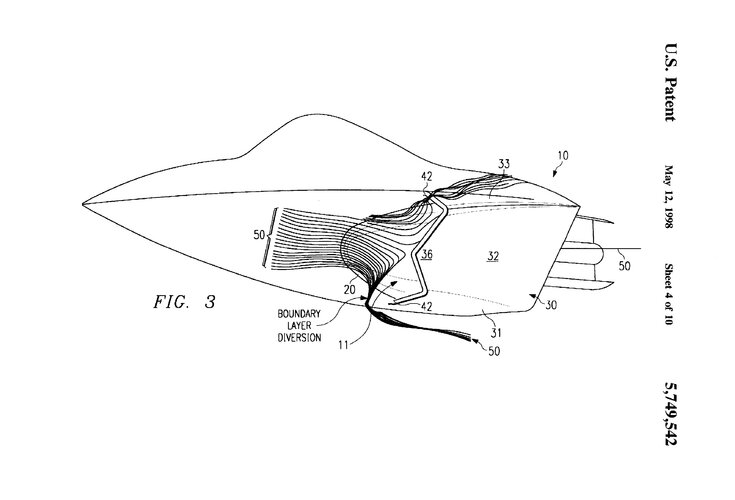
LOW-OBSERVABLE AIR INTAKE OF SUPERSONIC AIRCRAFT
The state of the art also includes a supersonic non-adjustable air intake (US 5749542 A, 12.05.1998), located on the side of the fuselage or under the wing of the aircraft, consisting of a shell, the edges of which form an entrance to the channel and have a sweep, a throat and a subsonic diffuser. The entrance is made non-rectangular in the front view and is located directly on the surface of the aircraft. The air intake in front of the entrance has a braking body of complex shape, which allows to deflect the boundary layer and prevent it from entering the air intake channel.
This air intake was taken as the closest analogue to the claimed invention.
The disadvantage of the closest analogue is the placement of the air intake inlet on a flat surface, which limits the possibilities of the aircraft layout and does not allow for the optimal placement of the aircraft's structural elements and systems in the "shadow" of the air intake inlet.
The objective of the claimed invention is to eliminate the shortcomings of the known prior art.
The technical results that the invention aims to achieve are:
- ensuring stable operation of the power plant up to Mach number = 2.1 with a total pressure recovery coefficient at the engine inlet not lower than the typical one for non-adjustable air intakes and a total flow non-uniformity below the maximum permissible value;
- reduction of aircraft radar visibility;
- ensuring the possibility of placing as many different aircraft elements as possible in the “shadow” of the air intake entrance to ensure a minimum area of its midsection.
Reducing the radar visibility of an aircraft implies that the shape of all its elements contributes to reducing the aircraft's effective scattering area. This also applies to the shape of the air intakes for supplying air to the aircraft's power plants.
In the declared air intake, all edges of the shell are swept and can be parallel to any elements of the aircraft (wing edges, empennage, etc.), while there is no gap between the air intake entrance and the surface on which it is located for draining the boundary layer.
The declared technical results are achieved by a set of features declared in an independent claim of the invention formula.
A supersonic non-adjustable air intake contains an inlet section with a braking body and a shell, a throat (the section of the channel with the smallest area) and a subsonic diffuser. In the front view, the air intake inlet has a U-shape and is located symmetrically on both sides and below (above) the aircraft fuselage, enveloping it from three sides. When changing the shape of the channel section behind the throat in the subsonic diffuser from U-shaped to rectangular, oval or close to them, the linear dimensions of the channel section (height and width) are reduced, which allows the necessary structural elements and aircraft systems to be placed in the "shadow" of the air intake inlet in the most optimal way, ensuring a minimum area of the aircraft midsection
The inlet edges in the side view and the edges adjacent to the fuselage have a reverse sweep, which improves the air intake characteristics while reducing the air flow from the maximum value at all Mach numbers within the operating range. In addition, the lower (upper) edge of the inlet in the plan view is wedge-shaped or has a wedge-shaped cutout, or has wedge-shaped teeth (i.e., the lower (upper) edge of the air intake is not perpendicular to the aircraft axis), which reduces the radar visibility of the aircraft.
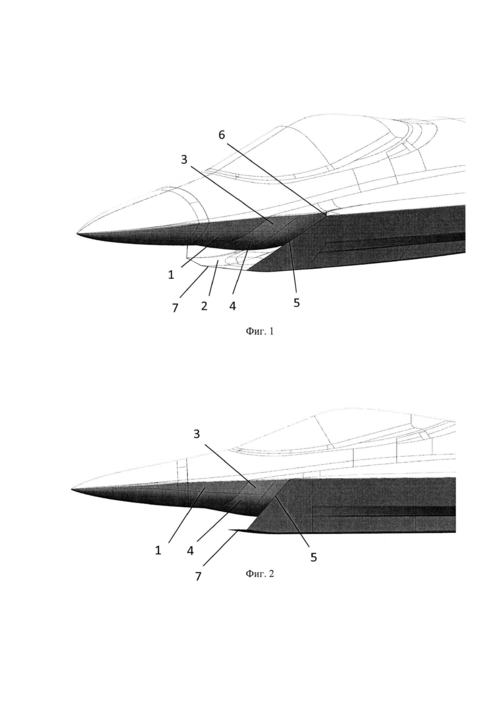
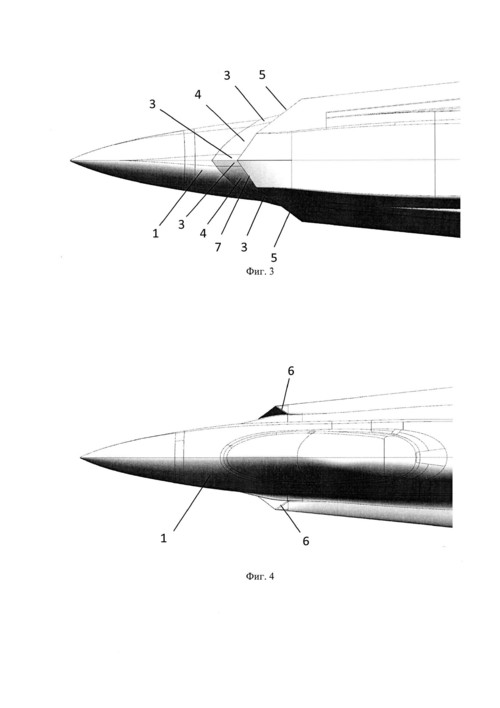
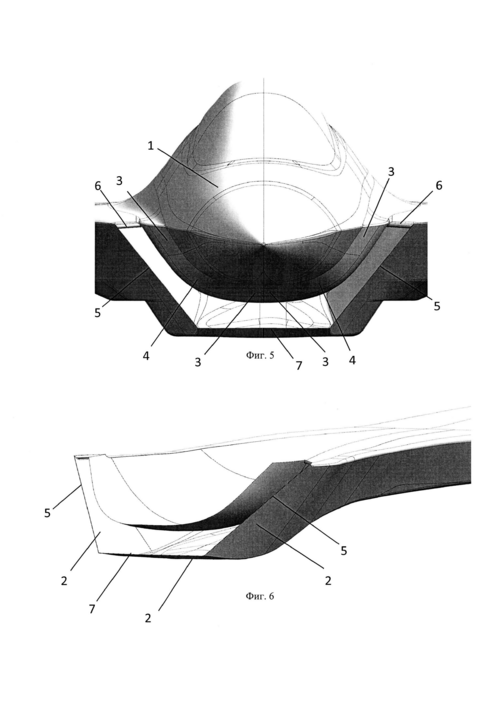
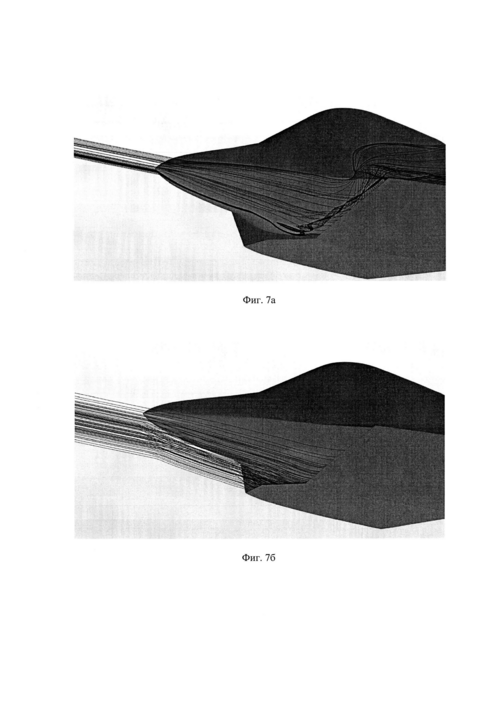
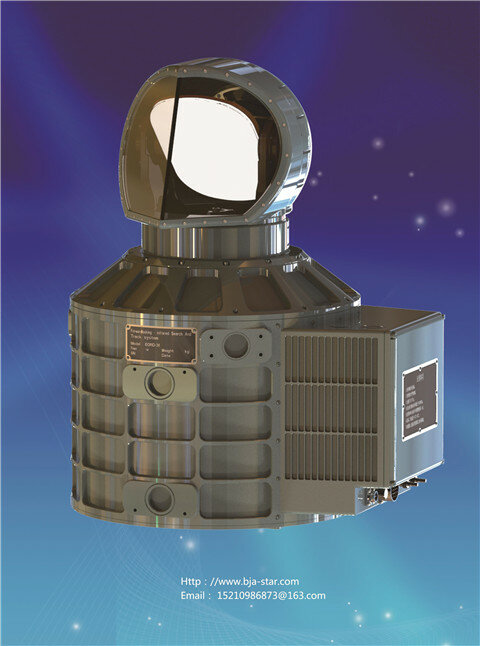
Honey Nuts, a venereal disease of Bee Keepers just like Donuts is a venereal disease of Bakers. These are are not half-baked comments either.It reminds me of a dark chocolate (boo) Reese's Miniature Cup that has been turned upside down.
View attachment 757355
Arguably the funniest one, though, is that The Su-57's radar blocker...bears a striking resemblance to this image on the back of the box of Honey Nut Cheerios.
View attachment 757356
I mean, I feel like by now the Su-57E and M should be further along. (Unless that was sarcasm on your part.)Really?
So how many have been produced/delivered?Where do you get these fantasies about some kind of problems from everyone except you? The production of the Su-57 is progressing at a faster pace, accept it, you have lost
The Russian Ministry of Defence doesn't usually disclose the numbers especially during the times of war( both real and informational). But based on OSINT: 32 built + 10 prototypesSo how many have been produced/delivered?
